This was the image that established photographer Huynh Cong “Nick” Út, 21 years old at the time of the photo’s capture, as an icon of photo journalism. The photo landed on the front page of the New York Times just one day after it was taken, and in 1973, the image ended up winning the Pulitzer Prize and World Press Photo of the Year.
However, this past Friday, World Press Photo announced that they are no longer crediting Út as the photographer for The Terror of War. This change in authorship was sparked by statements made in the 2025 investigative documentary The Stringer, which was directed by Bob Nguyen and showcased at Sundance Film Festival earlier in the year.
In the film, “visual and technical” evidence–including dispute over the exact camera used–suggests that Vietnamese freelance photographer Nguyễn Thành Nghệ may have actually taken the photo instead. Nghệ was a stringer for NBC, documented to be driving near Trảng Bàng that day. Though he was not formally staffed by AP, he frequently sold photos to them. The documentary alludes to the possibility that Nghệ sold The Terror of War, with editors soon swooping in to credit Út– AP's staff photographer in Saigon.
AP published a 96-page investigative report on the matter at the beginning of the month, relaying information from eyewitness interviews, the examination of cameras, photo negatives, and a 3D model of the scene.


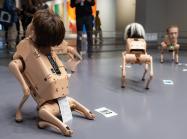

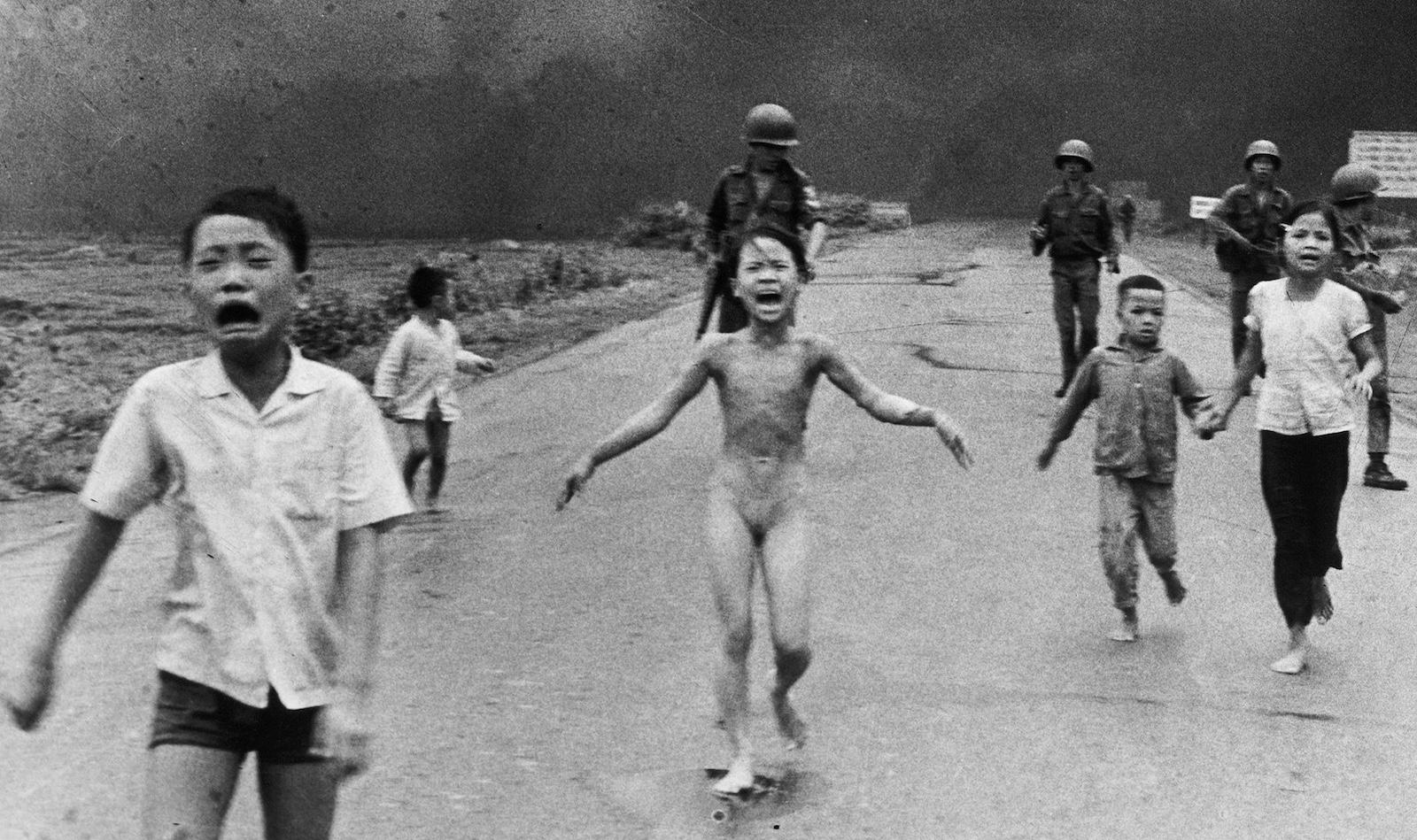
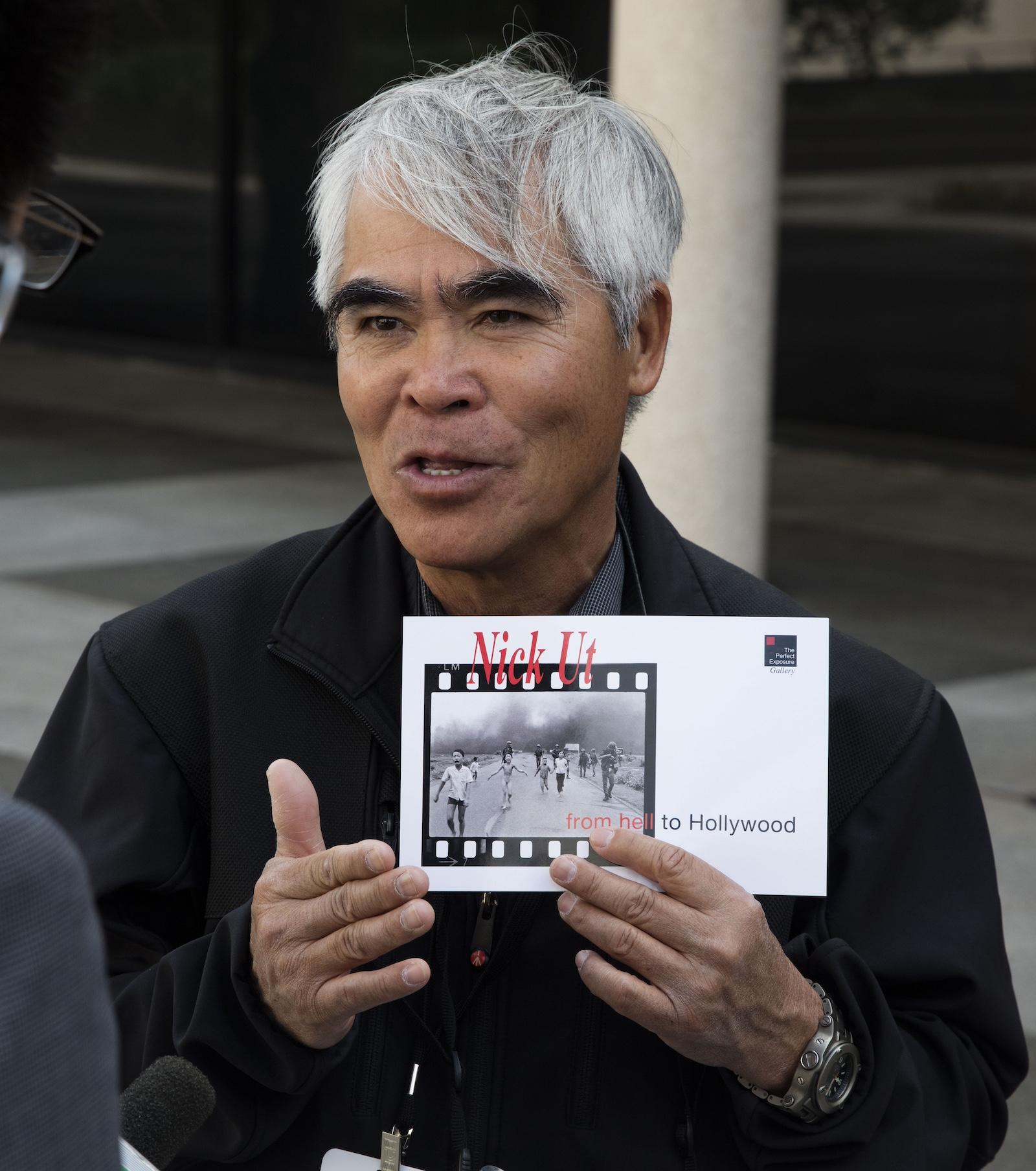
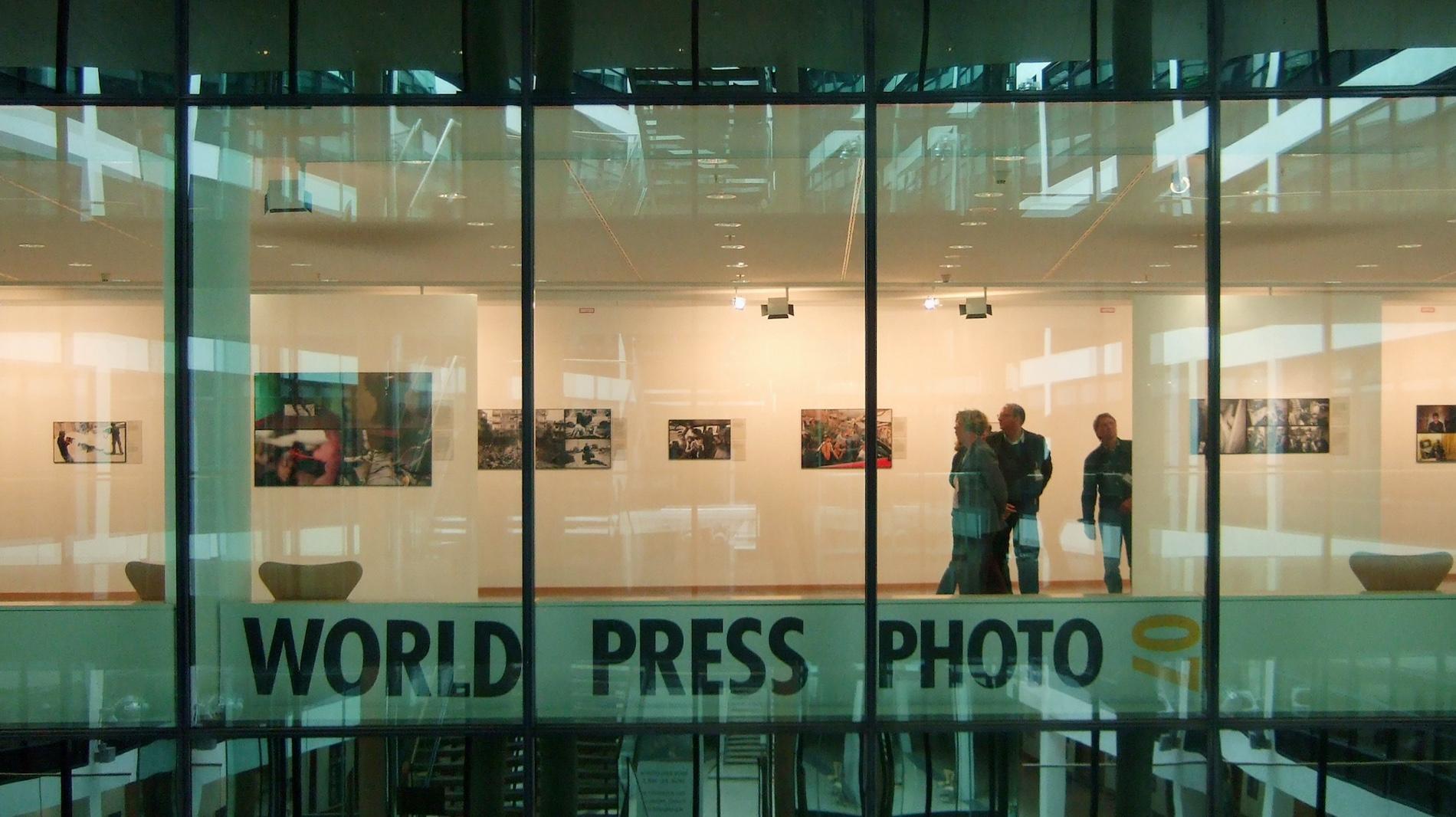
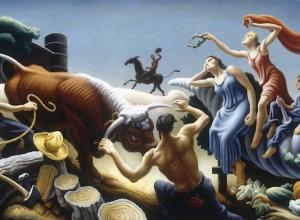
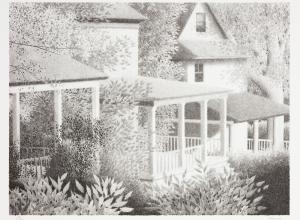

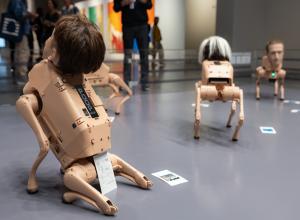
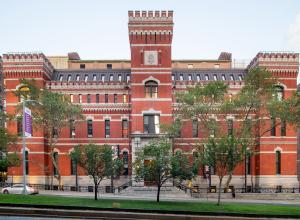
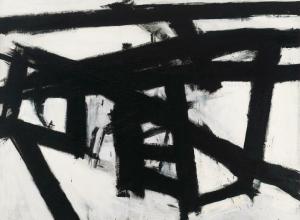

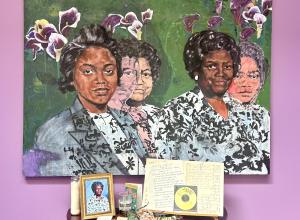
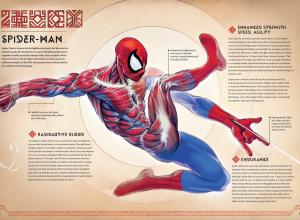
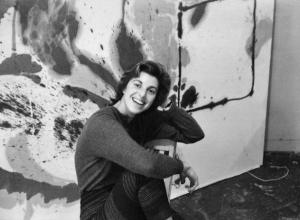

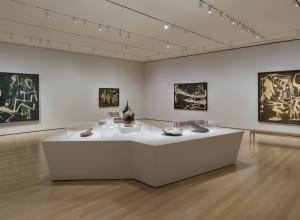
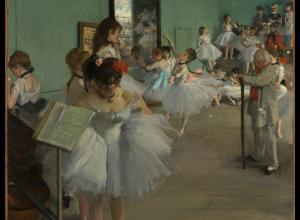
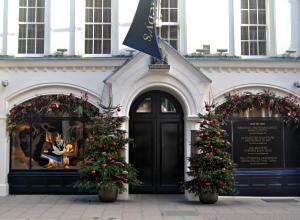

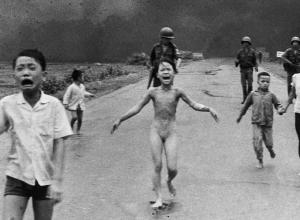





![DEl Kathryn Barton [Australian b. 1972] the more than human love , 2025 Acrylic on French linen 78 3/4 x 137 3/4 inches 200 x 350 cm Framed dimensions: 79 7/8 x 139 inches 203 x 353 cm](/sites/default/files/styles/image_5_column/public/ab15211bartonthe-more-human-lovelg.jpg?itok=wW_Qrve3)